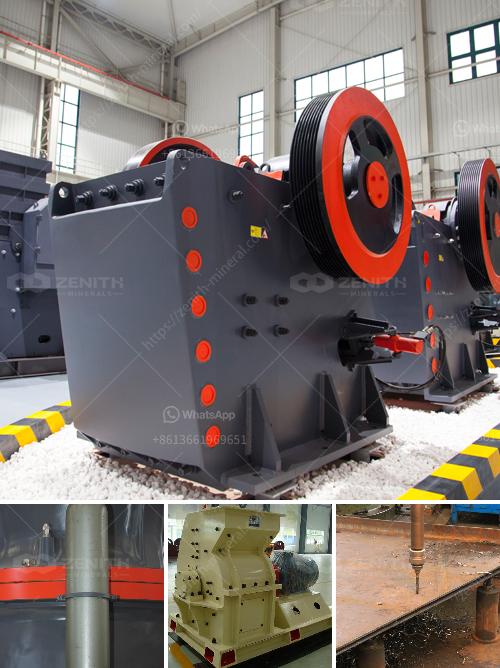When selecting gravel crushing and cleaning equipment, it is important to consider several key features to ensure efficiency, durability, and suitability for your specific project needs. Here are the essential features to look for:
Capacity and Throughput: Determine the volume of gravel you need to process and ensure the equipment can handle that capacity efficiently. High throughput machines can process large quantities quickly, improving operational efficiency.
Durability and Build Quality: Choose equipment made of robust and wear-resistant materials. Consider factors like the quality of the steel and the engineering of critical components to withstand abrasive materials and harsh working environments.
Size Reduction Capability: Consider the crushing mechanism (jaw, cone, impact, etc.) and ensure it can produce the desired gravel size for your application. The ability to adjust the output size is an added advantage.
Mobility and Portability: Depending on your site layout, you might need mobile or portable crushing units. These allow for easier relocation and flexibility in operation, especially for remote or expansive sites.
Separation and Cleaning Efficiency: For cleaning equipment, ensure it can effectively separate unwanted materials such as dirt, clay, or organic matter from the gravel. Look for features like screens, washers, and classifiers.
Automation and Control Systems: Modern equipment often includes advanced automation features to improve efficiency and safety. User-friendly control interfaces allow for easier operation and monitoring.
Energy Efficiency: Opt for machines designed to reduce energy consumption without compromising performance. Energy-efficient motors and systems can significantly reduce operating costs.
Ease of Maintenance and Spare Parts Availability: Equipment should be designed for easy maintenance, with accessible parts and straightforward cleaning procedures. Ensure that spare parts are readily available.
Safety Features: Evaluate the built-in safety features, such as emergency stops and guards to prevent accidents during operation. Adherence to industry safety standards is crucial.
Environmental Considerations: Consider equipment that minimizes dust and noise pollution, and check for compliance with environmental regulations.
Cost and Return on Investment: Finally, assess the cost of the equipment against its expected productivity and operational lifespan to determine the potential return on investment.
By carefully evaluating these features, you can select gravel crushing and cleaning equipment that best meets your project requirements and provides long-term reliability.
